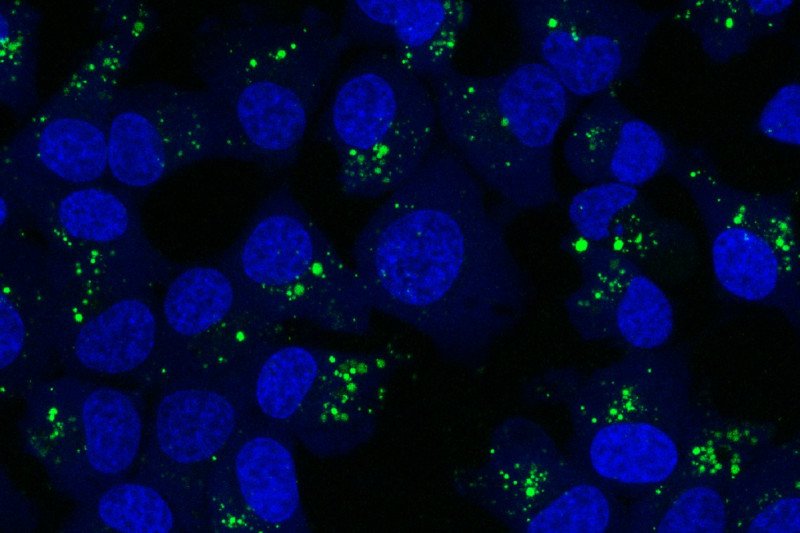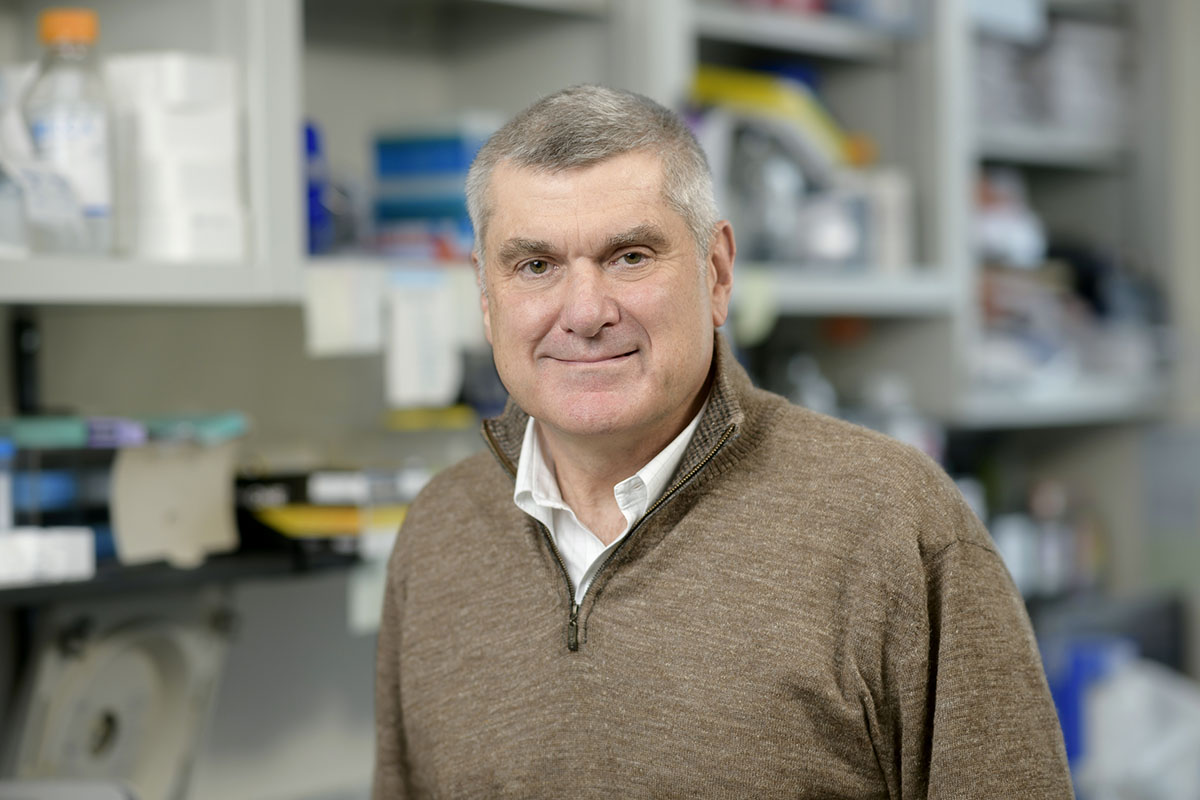
New research from the Craig Thompson Lab offers a closer look at the transcriptional activators, Yap/Taz, and the role they play in cell growth and macropinocytosis. (Also known as “cell drinking,” macropinocytosis is a process through which single-celled, amoeboid organisms and some cancer cells engulf large amounts of extracellular material.) Macropinocytosis is an alternative mechanism cancer cells can use to scavenge nutrients as tumors grow larger or metastasize. Researchers showed that the Yap/Taz transcriptional target, AXL, was found to be essential for cell growth dependant on the uptake of dead cells and cell debris. This work suggests that the Hippo pathway effectors Yap and Taz are important transcriptional regulators of endocytic nutrient uptake.

The lab, led by MSK President and CEO, Craig B. Thompson, MD, had previously demonstrated that Ras-mutant cells can be deprived of essential amino acids and as long as they are provided with additional protein, they can continue to grow and divide. They have since been investigating which properties of cancer cells, in addition to Ras mutations, make them particularly adept at protein eating.
To test this, the researchers grew pancreatic cells long term in medium lacking essential amino acids, but supplemented with albumin (the most abundant protein in human plasma), to select for cells that were more suited to eating proteins by macropinocytosis. They next measured the molecular signatures of these selected cells and determined which of their genes were preferentially active relative to initial population. From this analysis, the team found that the cells that preferentially utilized albumin for growth had increased activity of two related transcription factors named Yap and Taz. These transcription factors function as readers of the genome, so although the genomic DNA sequence itself hadn’t changed over the course of the selection process, Yap and Taz were changing way in which the genome was being organized and read, thus influencing which genes are expressed and how the cells function.
Dr. Thompson and colleagues found that turning on Yap or Taz in cells was sufficient for these cells to activate macropinocytosis. In addition, they identified a gene activated by Yap and Taz named AXL that functions as a cell surface receptor crucial for the uptake of dead cells by macropinocytosis, which can also provide an alternative source of nutrients for cancer cells. This was particularly interesting because this is a surface receptor that has been studied in phagocytic immune cells (e.g. macrophages), meaning that the cancer cells that activated Yap/Taz began to coopt some of these properties. The team of researchers are now exploring if it’s possible to take advantage of this pathway to deliver therapeutics to tumors via this pathway.
“Yap/Taz promote the scavenging of extracellular nutrients through macropinocytosis” published online in the Cold Spring Harbor Press publication, Genes and Development, on September 10. It is set to appear in the October print issue of Genes and Development.
This research was led by corresponding author, Dr. Thompson, and supported by lab members Bryan King, PhD, and Jingwen Araki.
Dr. Thompson is a founder of Agios Pharmaceuticals and a member of its scientific advisory board. He is also a former member of the Board of Directors and stockholder of Merck and Charles River Laboratories. He holds patents related to cellular metabolism.
